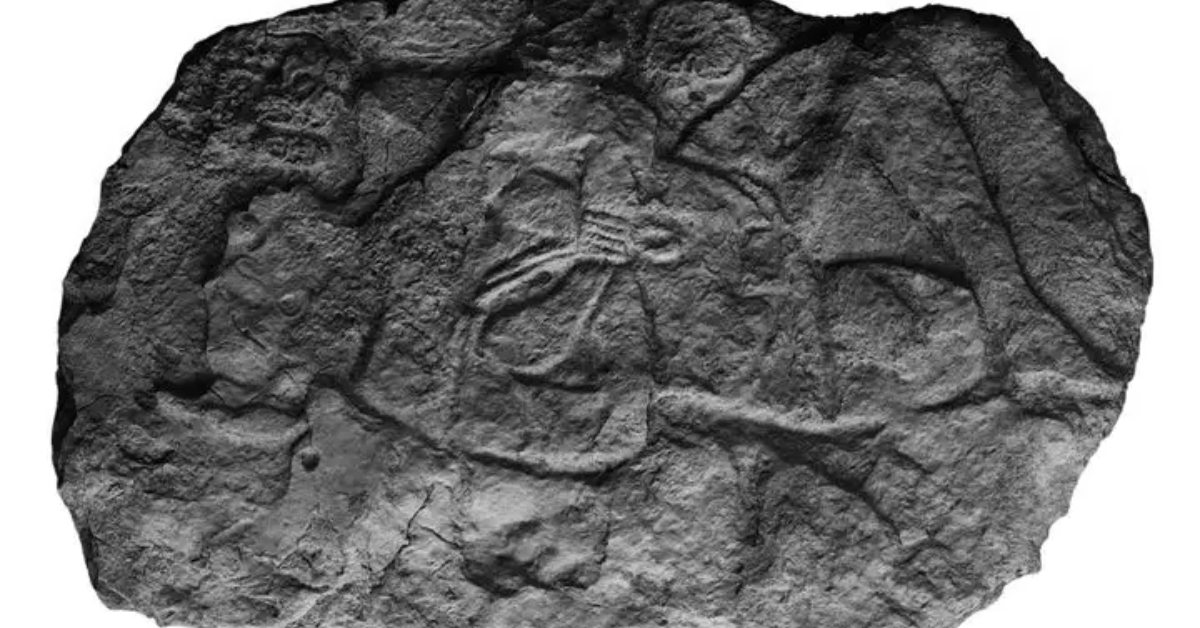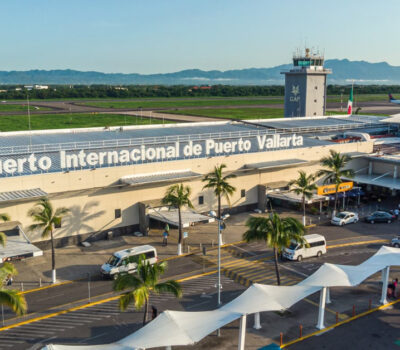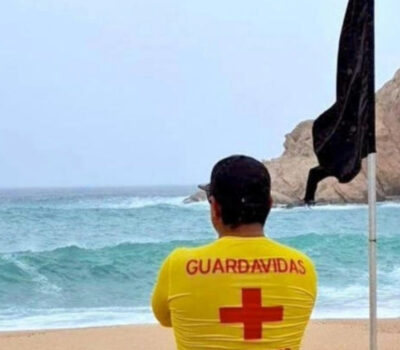A recently discovered carved panel in Calakmul, Campeche, depicting a probable captive, could reshape our view of the Mayan city’s scale and its political history, say archaeologists.
A carved limestone panel depicting a likely captive was unearthed three days ago at the archaeological site of Calakmul in Campeche, potentially reshaping scholars’ understanding of the ancient city’s urban sprawl and political influence.
The panel, approximately 1.2 meters long and 50 centimeters wide, was discovered embedded in the wall of a water reservoir—far from its original context, according to Adriana Velázquez Morlet, director of the Campeche office of Mexico’s National Institute of Anthropology and History (INAH). She told La Jornada that the slab likely formed part of a much larger sculptural narrative once prominently displayed, and was later repurposed as construction material during a later phase of the city’s development.
Initial studies suggest the panel dates to between the 7th and 8th centuries AD and originates from a wall decorated with carved images of prisoners. The ongoing excavation is part of the Bajo Laberinto Archaeological Project, led by archaeologist Kathryn Reese-Taylor.
“This is part of a very large iconographic program,” said Velázquez Morlet. “It possibly commemorated military conflicts and emphasized Calakmul’s role as a dominant political force in the region.”
Calakmul’s Lost Narrative
Calakmul, meaning “two adjacent mounds” in the Mayan language, was one of the major capitals of the Classic Maya period, rivaling Tikal in what is now Guatemala. Though the site was first noted in the 1930s, it wasn’t until the 1980s that extensive research confirmed its role as a central power in the Maya world from the 3rd to 10th centuries AD. Today, Calakmul is recognized as a UNESCO World Heritage Site.
The recently discovered panel could provide new insights into how the Maya used public space to communicate power and victory. According to Reese-Taylor, other similar panels depict captives in humiliating poses—tied hands, bare heads, contorted necks—contrasting sharply with regal portrayals of Maya rulers in ceremonial attire. The stark juxtaposition was a visual assertion of dominance.
However, the symbolic value of the panels changed over time. “By the time these slabs were reused as building material, their commemorative significance had diminished,” said Reese-Taylor. “They were no longer symbols of triumph but construction debris.”
Cities Within Cities
The implications of the find extend beyond a single narrative. Velázquez Morlet explained that the panel could help tie Calakmul to surrounding urban sites such as Olvidado, Pared de los Reyes, Yaxnocah, Laberinto, and Taxil, forming what appears to be a massive interconnected urban complex. Recent Lidar imaging studies have mapped out this sprawling network of structures, suggesting a continuity of city planning and influence far greater than previously thought.
“This forces us to rethink what constitutes a single archaeological site,” she added. “We’re dealing with a continuum of structures and cultural centers that spanned vast distances.”
The iconography on the panel includes glyphs that may identify the captives and the locations of military conflicts. Velázquez noted ongoing efforts to decode these inscriptions and connect them to known historical events. One hypothesis is that the panel references Calakmul’s battles with Dzibanché—another city within the Kaanu’l dynasty—as well as its long-standing conflict with Tikal.
“We believe it’s connected to a war narrative,” said Reese-Taylor. “It’s a matter of identifying which conflict and who the adversaries were.”
The Search for the Original Wall
The original context of the panel remains unknown. Archaeologists suspect it may have come from a wall in or near the Great Acropolis of Calakmul, possibly a central area used to display political messages. The team, which includes experts from the University of Calgary, the Autonomous University of Campeche, the National Autonomous University of Mexico (UNAM), and INAH, is focused on identifying the wall’s original location.
“It’s likely these stones came from one of the great palaces,” said Armando Anaya, co-director of the excavation project. “They were proudly displayed before being reused during later construction phases.”
Archaeologist and anthropologist Félix Kupprat of UNAM is among the specialists analyzing the glyphs and stylistic features of the panel. With time, researchers hope to determine which ruler was in power during the conflict and what city or faction Calakmul was fighting against.
A Glimpse Into Mayan Warfare
The visual language of the panel—captives in states of submission and vulnerability—is a stark reminder of how the Maya used art to enforce social hierarchies and communicate political victories. While kings were shown seated in elaborate garments, captives were depicted stripped, bound, and humiliated.
These artworks served not only as decoration but as propaganda.
“What we’re learning is that Calakmul wasn’t just a city—it was the center of a political universe,” Velázquez Morlet said. “This find helps us better understand that power and how it was displayed, remembered, and eventually forgotten.”
As the excavations continue, the team hopes further discoveries will help piece together the original iconographic program and shed light on the city’s shifting political landscape. For now, the rediscovered panel offers a rare and powerful glimpse into an ancient story of conflict, conquest, and changing values in the world of the Maya.
A recently discovered carved panel in Calakmul, Campeche, depicting a probable captive, could reshape our view of the Mayan city's scale . . .












